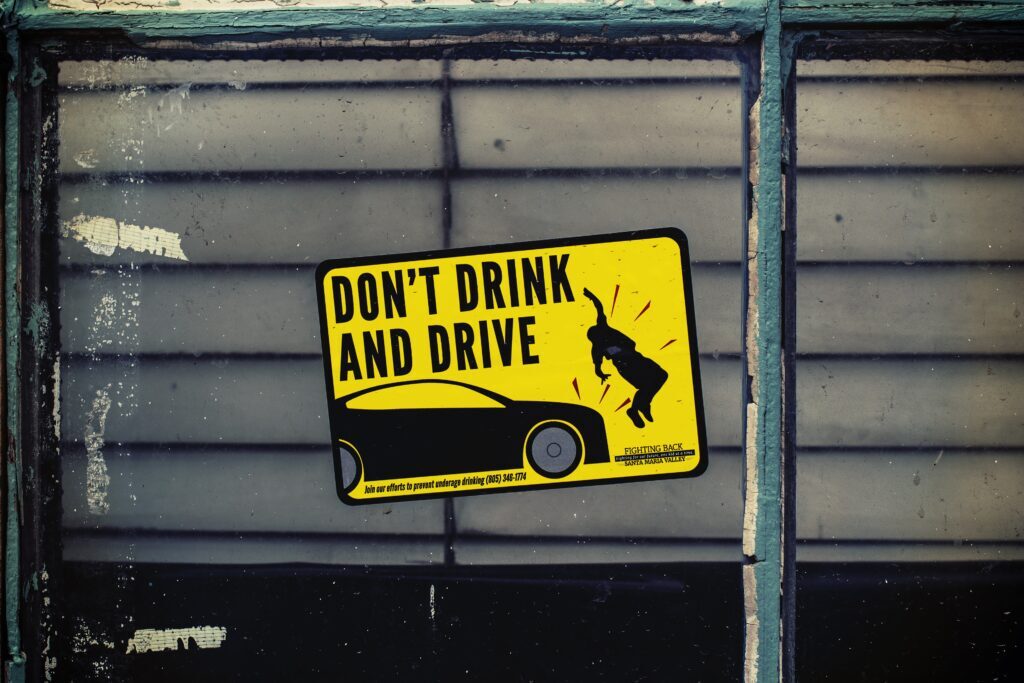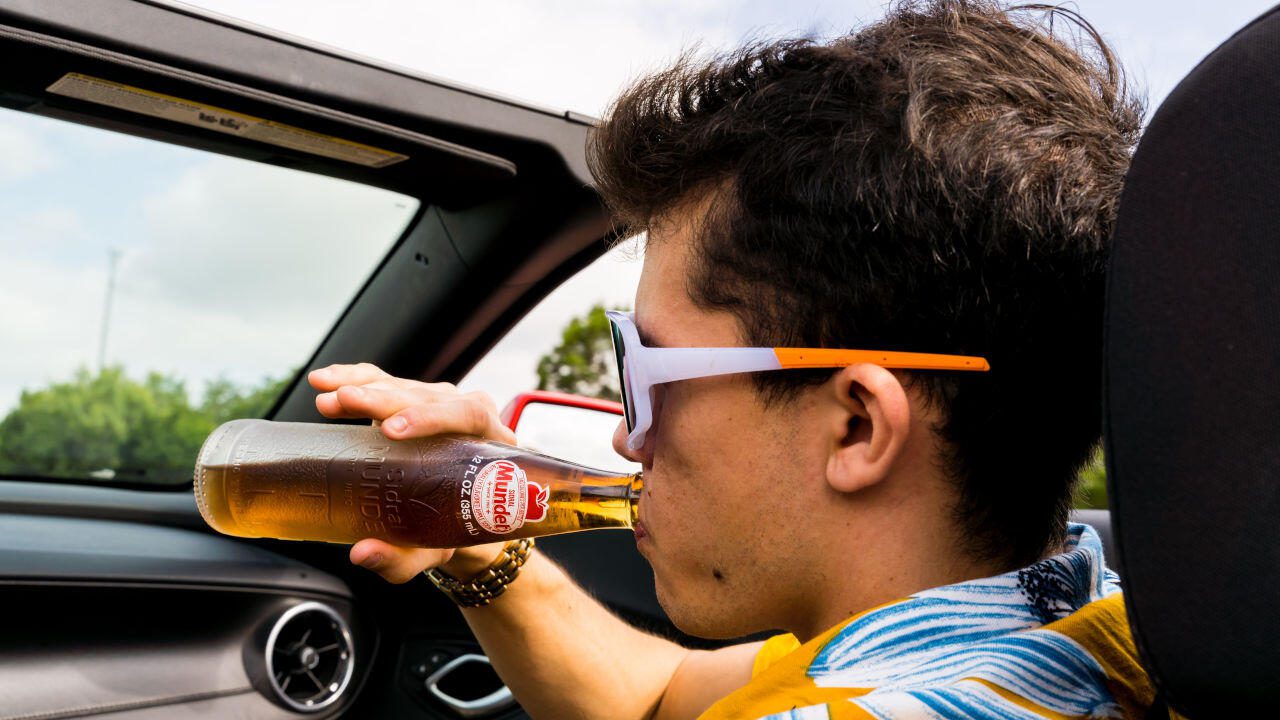Driving a car requires the use of hands, eyes, ears, and legs, which are all physical parts of the body. However, driving is a mental activity. It’s a mental activity that involves multitasking. Different activities that require the functionality of the brain happen at the same time.
The eyes are on the lookout for lanes and imminent danger. The ears are there for alertness to the surroundings. One hand is on the steering while the other hand is changing gears from time to time. The legs are on the control pedals. Doing anything else while all these things are going on might cause information transmitted from the brain to the body to overlap, resulting in an accident. Hence, one can conclude that driving is an activity that requires one to be in a good state of mind to carry out.

Drinking and driving
One of the numerous activities that can cause an information overlap from the brain to the body while driving is drinking. Drinking in this article refers to the intake of alcohol while driving.
Alcohol affects the body, but it impacts the brain most, interfering with communication and information processing pathways. It impairs thinking, reasoning, and muscular coordination and overall lowers brain function. Knowing the damage drunk driving can cause, the government has made legislation regarding driving while impaired (driving under the influence of alcohol).
According to an article published by the National Highway Traffic Safety Administration(NHTSA), it was stated that “every day, about 28 people in the United States die in drunk-driving crashes — that’s one person every 52 minutes.” The article further explained that “in 2019, these deaths reached the lowest percentage since 1982 when NHTSA started reporting alcohol data — but still 10,142 people lost their lives. These deaths were all preventable.”

Mintuin v. State
One of such drunk driving cases is the case of Mintun v. State in 1998 at the Supreme Court of Wyoming.
Mintun, who had drunk heavily with his two friends (Pennington and Chapman), all decided to go hunting. They stopped at the house of one of Chapman’s friends (Mudd). Mudd insisted they should sleep over because they were too intoxicated to hunt safely. Chapman stayed, but Mintun and Pennington didn’t, and they left the house only to be involved in an accident a few hours later. As a result of the accident, Pennington died instantly, while Mintun suffered life-threatening injuries.
The police investigated the accident and found out that Mintun was liable for the accident, so he was charged to court.
During the trial, the State used a computer-generated video animation of the accident as a demonstrative exhibit. The Sergeant investigating the case used Computer-generated animation. He explained his reconstruction of the accident from the evidence he collected at the site. The conclusion – Mintun was driving the car while the accident occurred.
The animation illustrated the crash from three perspectives: a top or helicopter view, a side view, and a witness view. Mintun said the animation was not adequately authenticated since it did not depict what an eyewitness claimed to have seen during the accident. On the other hand, the court insisted on the validation of the animation since it was used to explain the Sergeant’s reconstruction of the accident, not the evidence of the eyewitness.
Mintun was found guilty by the jury and given three to eight years in the Wyoming State Penitentiary.






